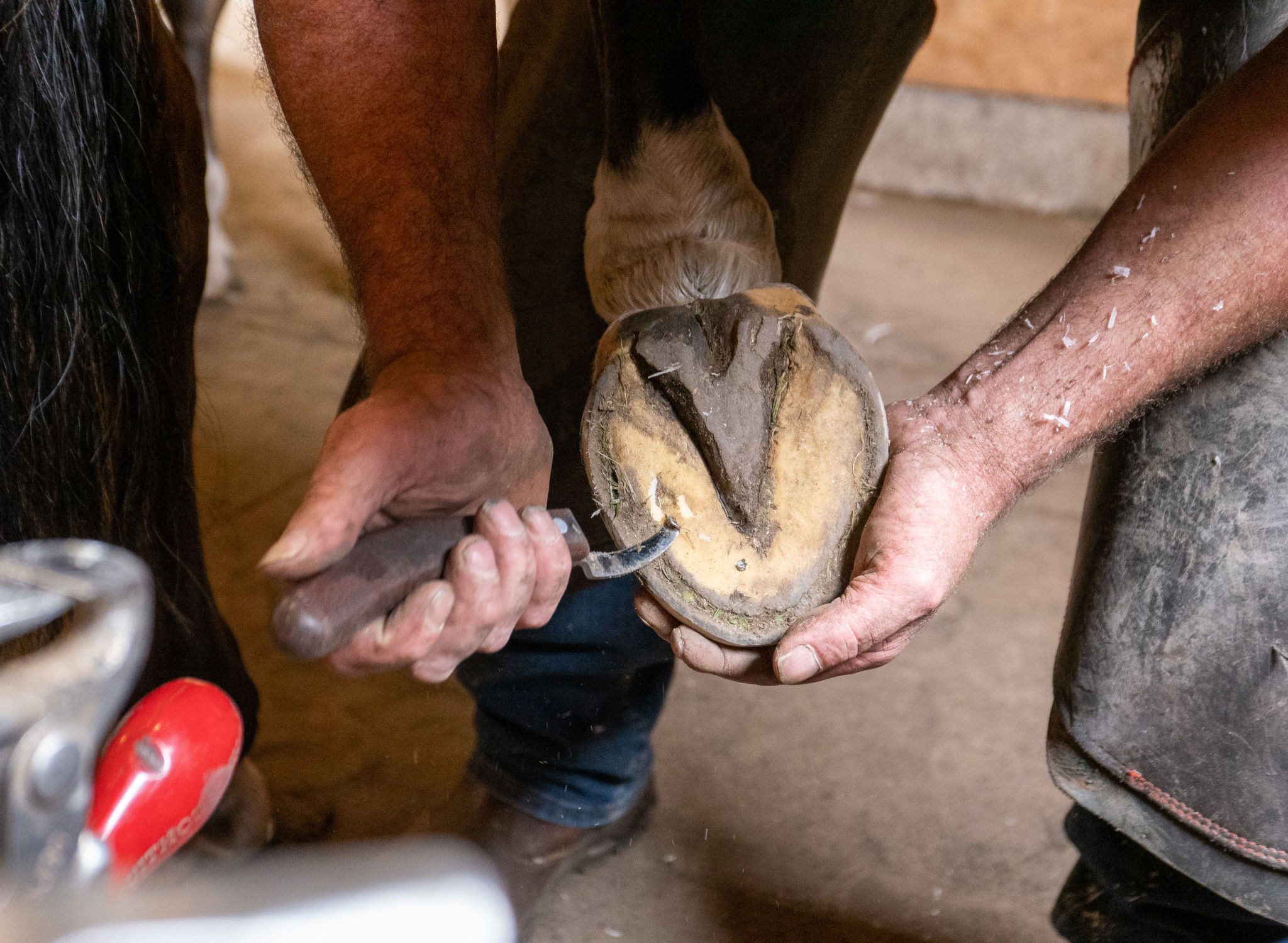Comparing Traditional and Modern Hoof Care Techniques
Introduction to Hoof Care
Hoof care is a crucial aspect of equine management that has evolved significantly over the years. Both traditional and modern techniques aim to maintain the health and functionality of a horse's hooves, but they differ in methods and philosophies. Understanding these differences can help horse owners make informed decisions about their horses' hoof care.

Traditional Hoof Care Techniques
Traditional hoof care techniques have been practiced for centuries, relying heavily on age-old wisdom passed down through generations. These methods often involve regular trimming and the use of metal shoes to protect the hooves from wear and tear. Farriers, who specialize in hoof care, play a vital role in this approach by ensuring that the hooves are balanced and properly shaped.
One of the key benefits of traditional techniques is their proven track record in various environments and conditions. Metal shoes, for example, have been used to provide horses with additional traction and support, especially when working on hard or uneven surfaces. However, some critics argue that these methods might not always align with the natural biomechanics of the horse's hoof.
Modern Hoof Care Innovations
In recent years, modern hoof care techniques have emerged, emphasizing a more holistic approach to hoof health. These methods often incorporate the latest research in equine physiology and biomechanics, focusing on maintaining the natural structure and function of the hoof.

One popular modern technique is barefoot trimming, which aims to keep horses without metal shoes whenever possible. This approach encourages the development of a strong and resilient hoof wall, allowing horses to move more naturally. Additionally, modern hoof care practitioners may use synthetic materials for hoof protection, offering a flexible alternative to traditional metal shoes.
Comparing Effectiveness and Suitability
When comparing traditional and modern hoof care techniques, it's important to consider the specific needs of each horse. Factors such as the horse's workload, environment, and any existing hoof issues can influence which approach is most suitable.
- Traditional techniques often excel in environments where additional protection is necessary, such as rocky terrains or competitive disciplines that require increased traction.
- Modern approaches, on the other hand, may be more appropriate for horses with a lighter workload or those kept in more natural settings where barefoot movement is feasible.

Conclusion: Finding the Right Balance
Ultimately, the choice between traditional and modern hoof care techniques should be guided by the horse's specific needs and the owner's philosophy. Collaborating with a knowledgeable farrier or equine podiatrist can provide valuable insights into the most effective approach for maintaining optimal hoof health.
Both traditional and modern methods have their advantages and challenges. By understanding these techniques and their implications, horse owners can make informed decisions that promote the well-being and performance of their equine companions.